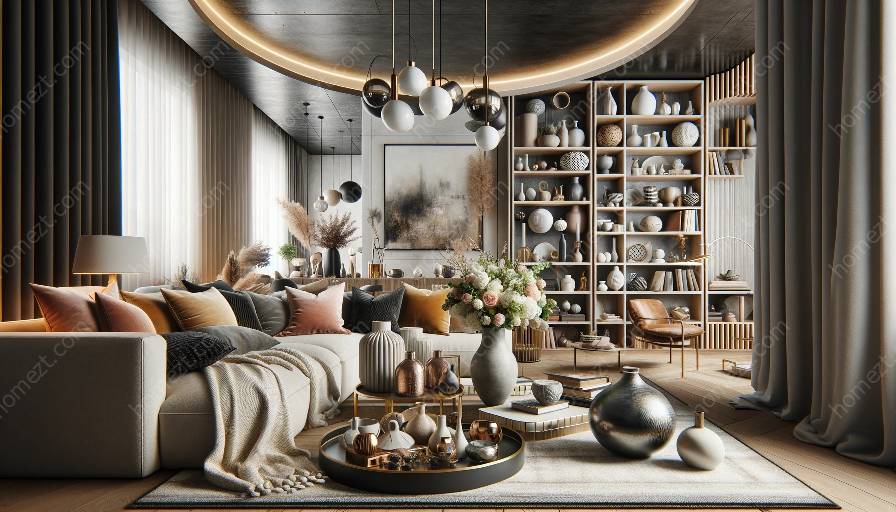Accessorizing plays a crucial role in both residential and commercial interior design, adding depth, character, and individuality to a space. However, the approach to accessorizing can differ significantly between these two design contexts due to varying functional requirements, target audiences, and aesthetics. Understanding the distinctions between accessorizing in residential and commercial settings is essential for creating spaces that are not only visually appealing but also functional and purposeful.
Residential Interior Design
In residential interior design, there is often a more personal and intimate approach to accessorizing. Homeowners are looking to create spaces that reflect their individual tastes, lifestyle, and preferences, and accessories are used to add personality and warmth to the home. Here are some key considerations for accessorizing in residential interior design:
- Personalization: Accessorizing in residential spaces often involves incorporating personal items such as family photographs, heirlooms, and mementos. These items not only add a personal touch but also contribute to the narrative and history of the occupants.
- Comfort and coziness: Residential interiors prioritize comfort and coziness, and accessories play a significant role in achieving this ambiance. Soft furnishings, decorative cushions, throws, and rugs are commonly used to create a welcoming and relaxing atmosphere.
- Display and curation: Homeowners have the freedom to curate and display their favorite accessories, artwork, and collectibles. This allows for a more eclectic and personalized approach to accessorizing, where each item holds sentimental or aesthetic value.
- Brand representation: In commercial spaces, accessories are often used as a means to reinforce the company's brand identity and values. This may involve incorporating branded merchandise, logos, and colors into the interior decor to create a cohesive and recognizable environment.
- Durability and maintenance: Unlike residential spaces, commercial environments require accessories that are not only aesthetically pleasing but also durable and easy to maintain. This may include choosing materials and finishes that can withstand high traffic, frequent cleaning, and general wear and tear.
- Functionality and efficiency: Accessories in commercial settings are selected with a focus on functionality and efficiency. This may involve integrating organizational accessories such as filing systems, storage solutions, and ergonomic furniture to support productivity and workflow.
Commercial Interior Design
Accessorizing in commercial interior design serves a different set of objectives compared to residential spaces. Commercial environments are designed to cater to the needs of businesses, employees, customers, and visitors, and accessories are strategically utilized to enhance functionality, brand identity, and overall ambiance. Here are the key differences in accessorizing for commercial interiors:
Common Ground and Adaptability
While there are distinct differences in the approach to accessorizing in residential and commercial interior design, there are also areas of overlap and adaptability. Both contexts benefit from the thoughtful arrangement of accessories to enhance visual interest, functionality, and overall design cohesion. Adaptability is key, as some residential design elements, such as lighting fixtures or decorative art, can often be utilized in commercial spaces to create a more welcoming and inviting environment.
Ultimately, the art of accessorizing is about understanding the specific needs, aesthetics, and purposes of a space, whether it's a home or a commercial establishment. By recognizing the differences and similarities between residential and commercial interior design, designers and homeowners alike can elevate their spaces through purposeful and thoughtful accessorizing.






































